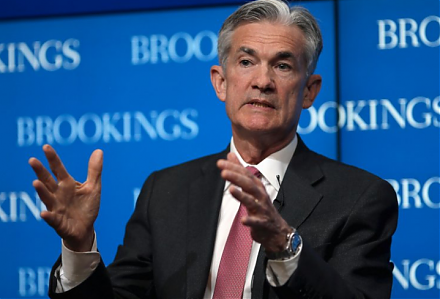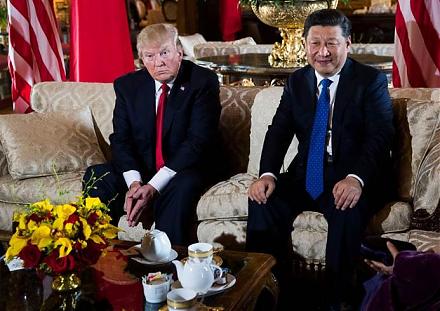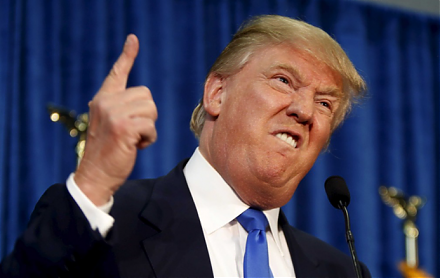

2018-03-01 07:35:00 Thu ET
technology antitrust competition bilateral trade free trade fair trade trade agreement trade surplus trade deficit multilateralism neoliberalism world trade organization regulation public utility current account compliance
Trump imposes high tariffs on steel (25%) and aluminum (10%) in a new trade war with subsequent exemptions for Canada and Mexico. The Trump administration's Trade Act Section 232 investigation suggests that the main sources of U.S. steel-and-aluminum trade deficits are Canada, Europe, Mexico, and China.
In light of both Section 301 and Section 232 investigations, the steel and aluminum tariffs seem to target China and the European Union. There are a pair of pertinent problems with imposing tariffs on foreign imports of this nature. First, the tariff tactic is a massive diplomatic gambit. In effect, this tactic may pose the imminent risk of retaliation from multiple countries. Second, this strategic move can inevitably lead to higher consumer prices from food cans to cars and airplanes insofar as these products involve the use of steel or aluminum. These price increases can thus feed back to fuel higher inflation in America. Also, American households and firms may experience higher costs and so lower disposable income. The resultant decrease in aggregate demand can be detrimental to U.S. economic output, employment, capital investment, and so on. When push comes to shove, the law of inadvertent consequences counsels caution.
If any of our AYA Analytica financial health memos (FHM), blog posts, ebooks, newsletters, and notifications etc, or any other form of online content curation, involves potential copyright concerns, please feel free to contact us at service@ayafintech.network so that we can remove relevant content in response to any such request within a reasonable time frame.
2019-05-07 09:30:00 Tuesday ET

The Trump team receives a 3.2% first-quarter GDP boost as Fed Chair Jay Powell halts the next interest rate hike in early-May 2019. This smooth upward econo
2018-03-21 06:32:00 Wednesday ET

Fed Chair Jerome Powell increases the neutral interest rate to a range of 1.5% to 1.75% in his debut post-FOMC press conference. The Federal Reserve raises
2018-03-23 08:26:00 Friday ET

Personal finance and investment author Thomas Corley studies and shares the rich habits of self-made millionaires. Corley has spent 5 years studying the dai
2017-03-21 09:37:00 Tuesday ET

Trump and Xi meet in the most important summit on earth this year. Trump has promised to retaliate against China's currency misalignment, steel trade
2019-06-07 04:02:05 Friday ET

The world seeks to reduce medicine prices and other health care costs to better regulate big pharma. Nowadays the Trump administration requires pharmaceutic
2016-11-08 00:00:00 Tuesday ET

Donald Trump defies the odds to become the new U.S. president. He wants to make America great again. He seeks to repeal Obamacare. He has zero tole